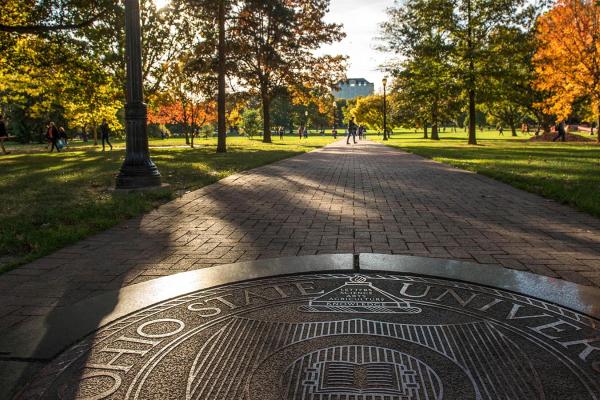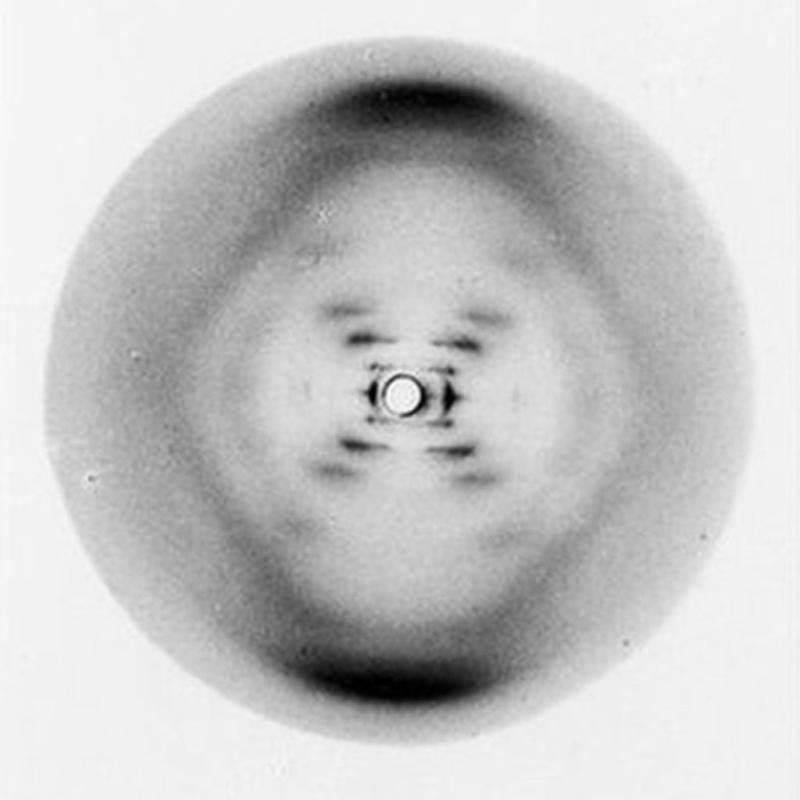I see your Nobel prize, and I raise you a Mars rover

The last time I wrote an article for this blog, I mentioned the scientist Rosalind Franklin in passing. In that blog post, I referred to her as the underappreciated co-discoverer of the structure of DNA. Recently, Dr. Franklin was in the news, and I decided I wanted to write a bit about it here.
Firstly, Rosalind Franklin is an important figure in molecular biology for both scientific and non-scientific reasons. Most biologists know her name and could tell you that she was associated with the discovery of the structure of DNA. In recent years, it’s become well-understood that she wasn’t just associated with that research; her contributions were instrumental to that discovery. But not only that, she was pretty much robbed. Here’s what happened:
Working in the early 1950s, Franklin used X-ray crystallography to take photos of DNA molecules. In particular, the photograph called “Photo 51” (see photo) from May 1952 was instrumental to this moment in science. Her notes dating back to 1951 have her

Unfortunately, Franklin died a premature death in 1957. In 1961, Crick admitted her unacknowledged contribution. Watson, on the other hand, would write her into his memoir that dramatically chronicles his interactions with “Rosey” in a condescending tone that omits her contribution (also note that Franklin was on the record as not being comfortable with that nickname). Nearly every colleague with whom she interacted in this research got a Nobel prize in the decades that followed, but she never received appropriate credit for her contribution.
Naming the Mars rover in Rosalind Franklin’s honor won’t change the past; she won’t suddenly be a Nobel laureate, and we’re not all about to start calling it “Franklin-Watson-Crick base-pairing” (though it wouldn’t be the worst idea I’ve ever heard). In the long-term, I think it’s more important that we have started acknowledging her contributions now. After all, we can’t change the sequence of events that played out nearly 70 years ago. Fortunately, we can change the story we tell about the discovery of DNA’s structure and the exceptional minds that figured it out for the next generation. And finally: two years from now, when Franklin reaches Mars in 2021, won’t it be perfect if the rover that detects signs of life on Mars is named after the scientist behind the discovery that was once hailed as uncovering the secret of life?
If you’re interested in learning more, here are the resources I used to prepare this blog post:
- History of Information: Rosalind Franklin's Photo #51 of Crystalline DNA
- Science Blogs: Rosalind Franklin and the Discovery of DNA
- Forbes: New Mars Rover Named After Rosalind Franklin
- The Atlantic: Rosalind, a New Mars Rover, Is in Rare Company
- ScienceAlert: Here's Why Rosalind Franklin Is The Perfect Name For ESA's New Mars Rover
- ESA EXOMARS MISSION (2020) overview
Written by TPS Fellow Alex Turo
